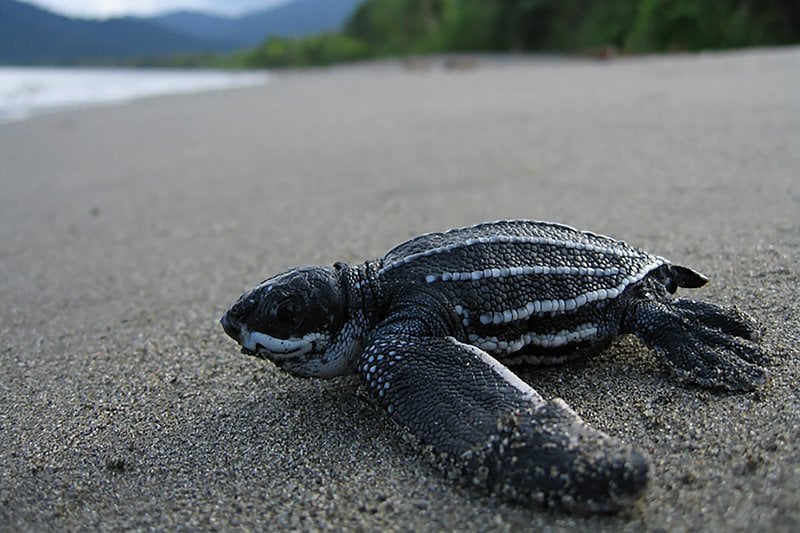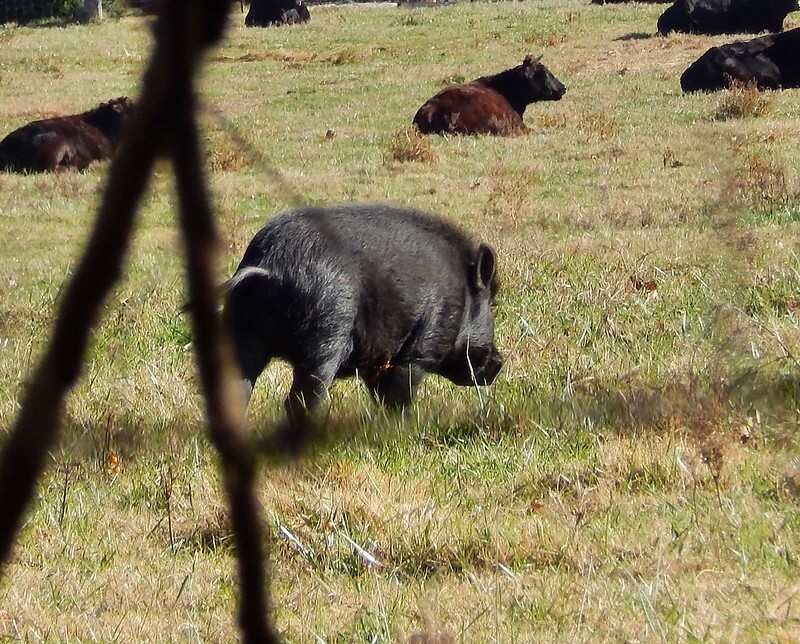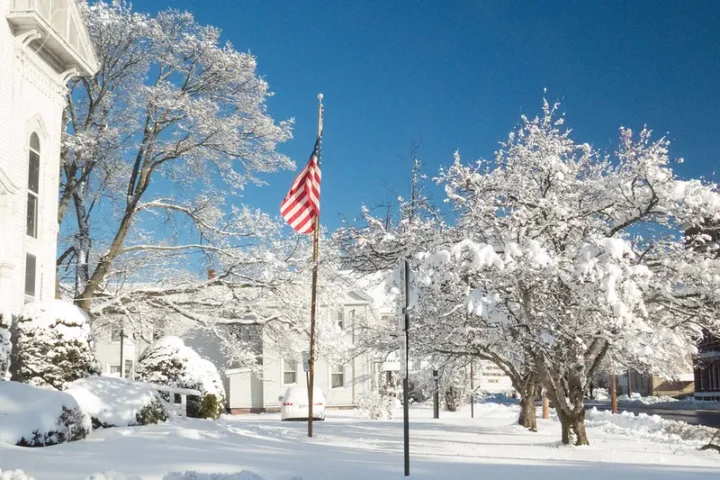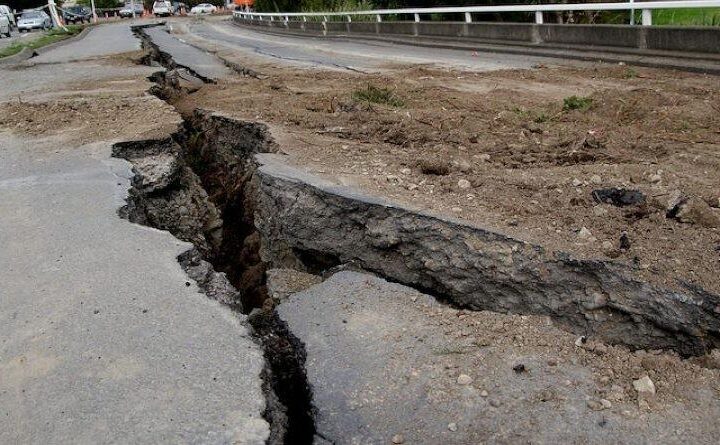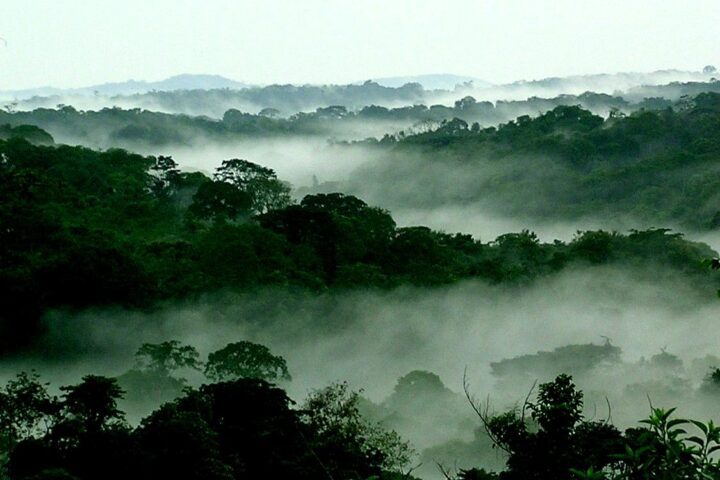Conservation groups and Native Hawaiian cultural practitioners took legal action on May 22, 2025, fighting President Trump’s recent decision to open protected Pacific waters to commercial fishing.
The lawsuit challenges Trump’s April 17 proclamation that lets U.S. fishing boats enter the Pacific Islands Heritage Marine National Monument, an ocean sanctuary that spans 490,000 square miles of ocean, coral reefs, and island habitats.
This ocean sanctuary, first protected by President Bush in 2009 and expanded by President Obama in 2014, serves as home to five species of threatened or endangered sea turtles, 22 species of protected marine mammals, and millions of seabirds. The coral reefs here rank among the most untouched on the planet.
Trump’s administration says the fishing ban hurt American fishermen by pushing them into international waters where they face foreign competition. They point to America’s $20 billion seafood trade deficit as a reason to increase domestic fishing.
The National Marine Fisheries Service quickly sent letters to fishing companies giving them permission to enter these waters. Tracking data shows several Honolulu-based tuna boats, including the Sapphire 2 and Captain Alex, started fishing near Johnston Atoll just three days later.
Similar Posts
The legal challenge makes three main points. First, while presidents can create national monuments, they can’t remove protections – only Congress has that power. Second, fishing regulators broke environmental laws by skipping required public input. Third, they failed to study how fishing would harm endangered species.
Solomon Pili Kaho’ohalahala from Kāpaʻa explains why this matters to Native Hawaiians: “These waters connect to Hawaiian culture, traditions, and values. Commercial fishing wastes marine resources through bycatch, going against Native Hawaiian practices and beliefs.”
Marine biologist Bob Richmond put it in everyday terms: “This is like raiding our children’s savings account. We’re stealing their future food supply from the ocean.”
Fishing industry representatives claim the impact will be small since the ban remains in place within 50 miles of shore. Kitty Simonds, director of the Western Pacific Fishery Management Council, says this keeps sensitive coastal habitats “beyond the reach” of commercial fishing gear.
Scientists disagree. They explain that seabirds nest on shore but fly far beyond the 50-mile zone to find food. When they return, their droppings fertilize the shoreline – a natural cycle that commercial fishing disrupts.
Records show Honolulu fishing boats previously set only 4% of their hooks in these waters and caught 95% of their tuna elsewhere, raising questions about how necessary this change really is.

The court’s decision could affect protected areas across the country. If conservation groups win, it strengthens protections for national monuments everywhere. If they lose, it could open the door to removing protections from other natural treasures.
David Henkin, attorney with Earthjustice, says: “We won’t stand by while the Trump administration allows destructive fishing in some of the planet’s most pristine ocean environments. We’re asking the courts to uphold the law and save these precious resources for future generations.”
As this ocean battle begins in the courts, the fate of one of Earth’s last wild ocean places hangs in the balance.
